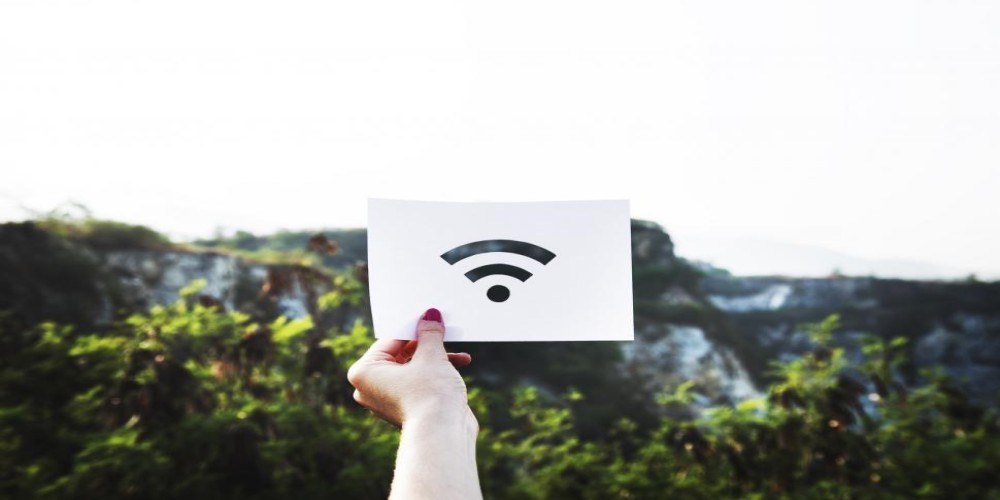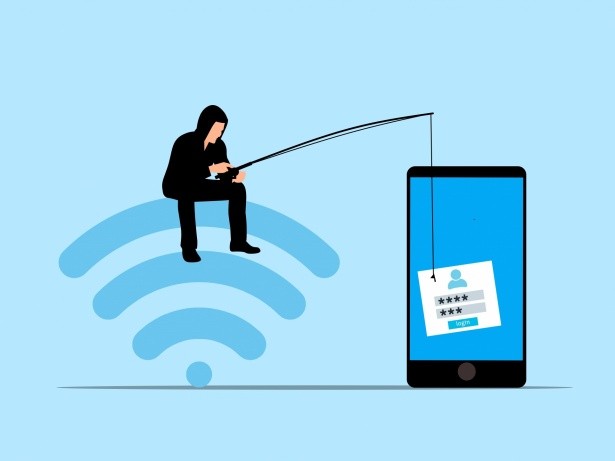Shield Your Online Presence: Navigating Public Wi-Fi with Mobile Security Apps
- Feb 29, 2024

In the digital era, public Wi-Fi networks have become akin to a watering hole in a vast savanna, where devices flock to quench their thirst for connectivity. However, just as predators lurk near these natural gathering spots, cyber threats await unsuspecting devices connecting to public Wi-Fi. These networks, often unencrypted, expose users to a plethora of risks, from data interception to identity theft. Mobile security apps serve as an essential armor, safeguarding your personal information from the prying eyes of digital marauders. In this article, we delve into the strategies of using mobile security apps to stay safe on public Wi-Fi and maintain your privacy amidst the invisible threats of the online world.
Understanding the Risk Landscape of Public Wi-Fi

Public Wi-Fi networks are a double-edged sword; they provide convenient access to the Internet but also open the door to potential security breaches. When you connect to a public network, you're sharing a connection with an unknown number of users, each with varying intentions. Malicious actors can exploit these networks to intercept data, distribute malware, or create fake hotspots to deceive users into revealing sensitive information. The importance of understanding the risk landscape cannot be overstressed. By being aware of these dangers, you're better equipped to take proactive measures to protect your digital identity.
One of the most common threats on public Wi-Fi is the 'man-in-the-middle' attack, where a hacker intercepts communication between your device and the internet. This can lead to the theft of login credentials, credit card numbers, and other confidential data. Additionally, cybercriminals can use unsecured networks to distribute malware, which can silently infect your device and compromise your personal information. It's crucial to recognize that without the right protection, any activity on a public Wi-Fi network can potentially be monitored and exploited.
Choosing the Right Mobile Security App

Selecting the right mobile security app is the cornerstone of your defense against the vulnerabilities present in public Wi-Fi networks. A comprehensive mobile security app should offer a variety of features to ensure your safety, including a reliable Virtual Private Network (VPN), real-time monitoring for malware, and robust privacy-protection tools. When choosing an app, consider the reputation of the provider, user reviews, and the level of security features offered. You'll want an app that is intuitive to use and doesn't compromise your device's performance while providing maximum protection.
A VPN is one of the key features to look for in a mobile security app. It encrypts your internet connection and routes it through a server in a location of your choice, masking your IP address and protecting your data from interception. This is particularly valuable on public Wi-Fi, where encryption is often weak or non-existent. Additionally, an app that offers real-time scanning for malicious software provides an essential layer of defense, promptly detecting and neutralizing threats before they can cause harm. Privacy tools, such as those that block tracking cookies or provide secure browser options, are also important for maintaining anonymity online.
Implementing Security Practices on Public Networks
![]()
Even with a robust mobile security app installed, it's important to adhere to best practices when using public Wi-Fi. Always verify the network name with the establishment providing the Wi-Fi to ensure you're not connecting to a rogue hotspot set up by cybercriminals. Limit activities that involve sensitive information, such as online banking or shopping, to when you're connected to a trusted network. Keeping your device's operating system and all applications up to date is also crucial, as updates often include security patches for newly discovered vulnerabilities.
Furthermore, be cautious about the permissions you grant to apps on your device. Overly permissive apps can expose more data than necessary on public networks. It's also wise to disable features like file sharing and Bluetooth connectivity when not in use, minimizing the number of open gateways into your device. Consistently adhering to these security practices, in combination with a reliable mobile security app, will significantly reduce your risk of falling victim to cyber threats on public Wi-Fi networks.
Staying safe on public Wi-Fi is not just about installing a security app; it is about being informed, choosing the right protection, and practicing vigilant digital hygiene. By understanding the risks, selecting a comprehensive mobile security solution, and following security best practices, you can enjoy the convenience of public networks without compromising your digital safety.
Latest Articles
-
![Haven’s Hollow Unveiled: A Journey Through Warzone’s Enigmatic Easter Eggs]()
- Dec 22, 2025
-
![A New Canvas: Charting Change in Creative Gaming Leadership]()
- Dec 22, 2025
-
![Gaming's Booming Financial Frontier: A Closer Look at Record-Breaking Growth]()
- Dec 22, 2025
-
![Navigating Danger: The Tactical Quest for the Key in Arc Raiders]()
- Dec 08, 2025











